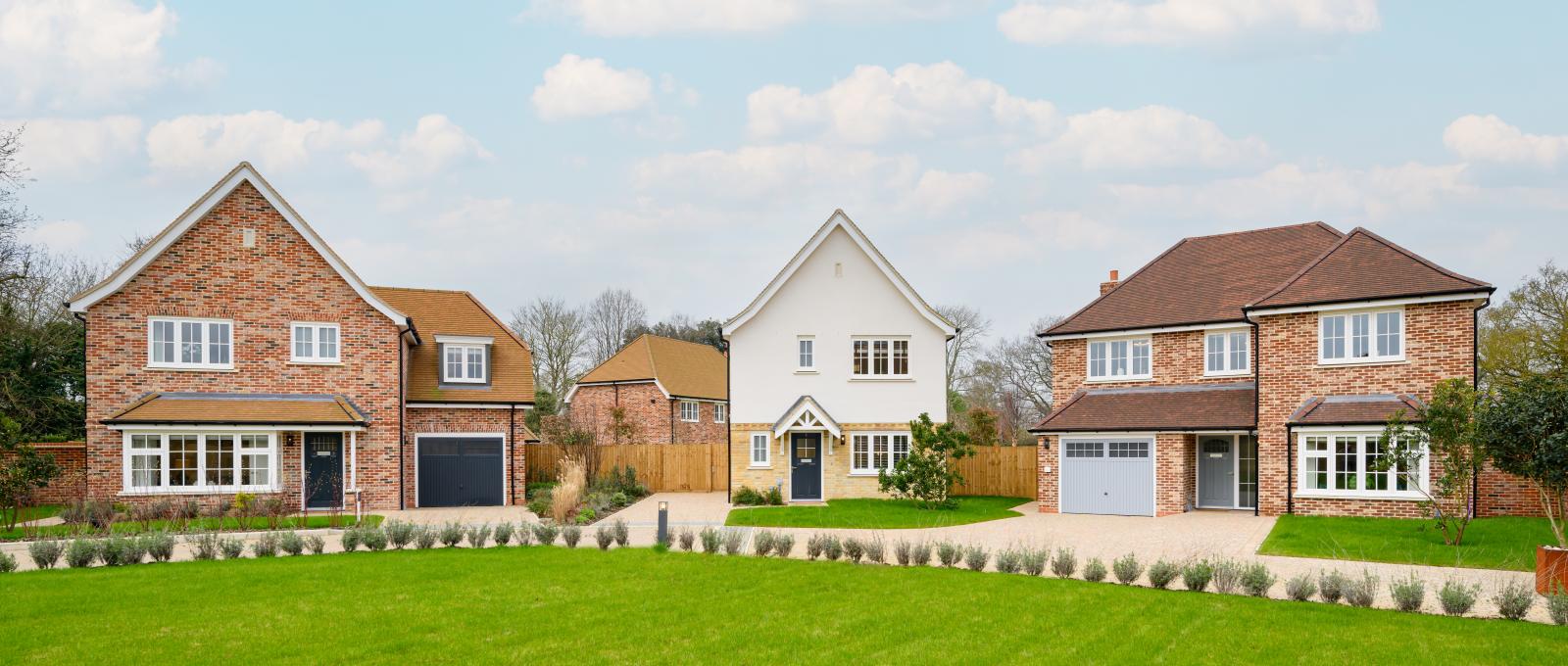What is Stamp Duty?
Stamp Duty Land Tax (SDLT) is a fee, charged by the Government, when you buy a new residential home in England, whether brand new or pre-owned.
Your solicitor will usually calculate and pay your stamp duty on your behalf, although this is also something you can do yourself.


How much will I have to pay?
The Autumn Budget, announced on 30th October 2024, introduced changes that will impact personal finances. One of the key updates for anyone planning a house move in 2025 is the adjustment to Stamp Duty Land Tax thresholds, set to take effect on 31st March 2025.
Whether you're buying your first home, moving to better suit your needs, or seeking an investment property, here’s how these new changes could impact you.
Are you a First Time Buyer?
If you’re a first-time buyer currently in the process of purchasing a home, you won’t have to pay Stamp Duty on properties priced up to £425,000. This temporary measure, introduced in 2022, is set to end in March 2025.
From 1st April 2025, the threshold will revert to £300,000. So, if you buy your first home after 31st March 2025 and it costs over £300,000, you’ll need to pay 5% Stamp Duty on the portion between £300,000 and £500,000. For example, if your first home costs £425,000, you’ll pay no Stamp Duty under the current rules, but starting April 2025, you would owe £6,250.
If your first home costs over £500,000, standard rates will apply, and the first-time buyer relief will not be available.
If you’re considering purchasing your first home, buying now could save you thousands in Stamp Duty. Financial experts recommend acting sooner, with Martin Lewis advising on The Martin Lewis Money Show, “If you’re looking to buy now, you want to get it done by next April as it’s going to get a lot more expensive.”


Do you already own a home?
For those purchasing an additional property—such as a second home or investment property—higher Stamp Duty Land Tax (SDLT) costs now apply. Previously, buyers of additional properties paid a 3% surcharge on top of standard SDLT rates, but as of October 31, 2024, this surcharge has increased to 5%. For example, if you buy a second property priced up to £250,000, you’ll pay 5% in SDLT. Properties priced between £250,001 and £925,000 will incur a 10% rate on that portion, and for properties between £925,001 and £1.5 million, the rate is 15%.
If you’re replacing your main residence, however, the additional 5% surcharge does not apply, provided you’ve sold your previous main home. If your former main residence has not sold by the completion date of your new property, you’ll still pay the higher rates temporarily, as you’ll own two properties. In this situation, you can apply for a refund of the additional SDLT if you sell your previous home within 36 months.
Overseas buyer?
Since 1st April 2021, non-UK residents buying property in England or Northern Ireland must pay a 2% surcharge on top of the existing stamp duty rates. If non-UK residents purchase a second property, they must pay both the second home and the overseas buyer surcharges.
Overseas buyer status depends on your location, not citizenship or residency status (though there’s civil service and armed forces relief). To qualify as a UK buyer, you or the civil partner or spouse you’re buying with should have stayed in the UK for at least 183 days out of the 12 months before the property purchase date.

